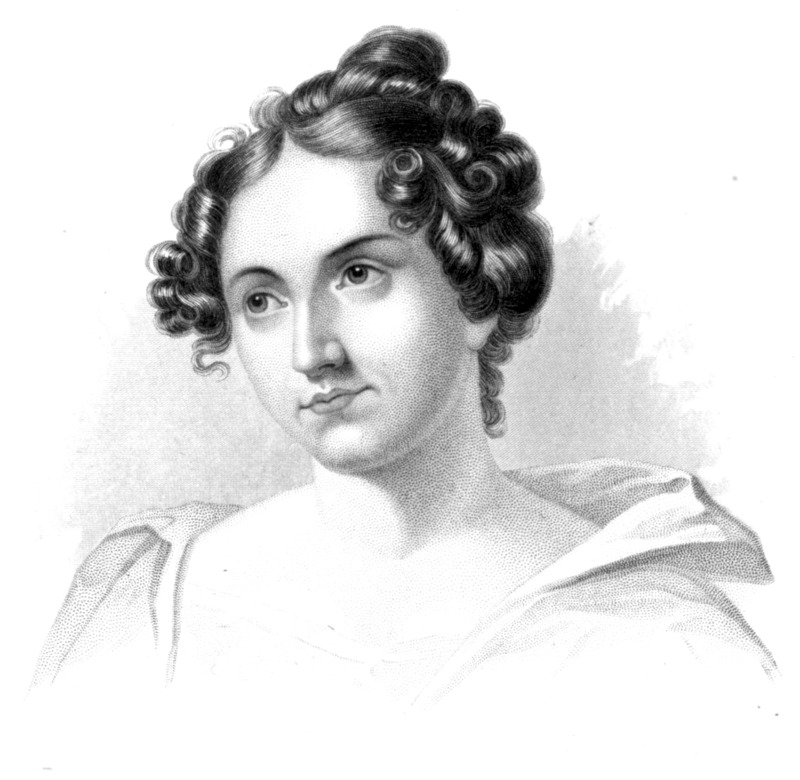
Jane Elton, orphaned as a young girl, goes to live with her aunt Mrs. Wilson, a selfish and overbearing woman who practices a repressive Calvinism. In their rural New England village, Jane grows up yearning to break free from Mrs. Wilson's tyranny and find her place as a citizen of the evolving American Republic. She is helped by her encounters with characters who embody various shadings of moral, religious, and civic the affectionate servant Mary Hull, a pious Methodist; Mr. Lloyd, a kind Quaker; Crazy Bet, emotional, sympathetic, but deeply unstable; and Old John, bereaved but wise. Ultimately, A New-England Tale is about the connection between parenting and governing, and the key role women play in shaping a fledgling nation. For more than seventy years, Penguin has been the leading publisher of classic literature in the English-speaking world. With more than 1,700 titles, Penguin Classics represents a global bookshelf of the best works throughout history and across genres and disciplines. Readers trust the series to provide authoritative texts enhanced by introductions and notes by distinguished scholars and contemporary authors, as well as up-to-date translations by award-winning translators.
Author

Catharine Maria Sedgwick was born December 28, 1789 in Stockbridge, Massachusetts. As a young woman, Sedgwick took charge of a school in Lenox. She converted from Calvinism to Unitarianism, which led her to write a pamphlet denouncing religious intolerance. This further inspired her to write her first novel, A New-England Tale. With her work much in demand, from the 1820s to the 1850s, Sedgwick made a good living writing short stories for a variety of periodicals. She died in 1867, and by the end of the 19th century, she had been relegated to near obscurity. There was a rise of male critics who deprecated women's writing as they worked to create an American literature. Interest in Sedgwick's works and an appreciation of her contribution to American literature has been stimulated by the late 20th century's feminist movement. Beginning in the 1960s, feminist scholars began to re-evaluate women's contributions to literature and other arts, and created new frames of reference for considering their work. In addition, the advent of low-cost electronic reproductions, which became available at the end of the 20th century, made Sedgwick and other nineteenth-century authors' work more accessible for study and pleasure.